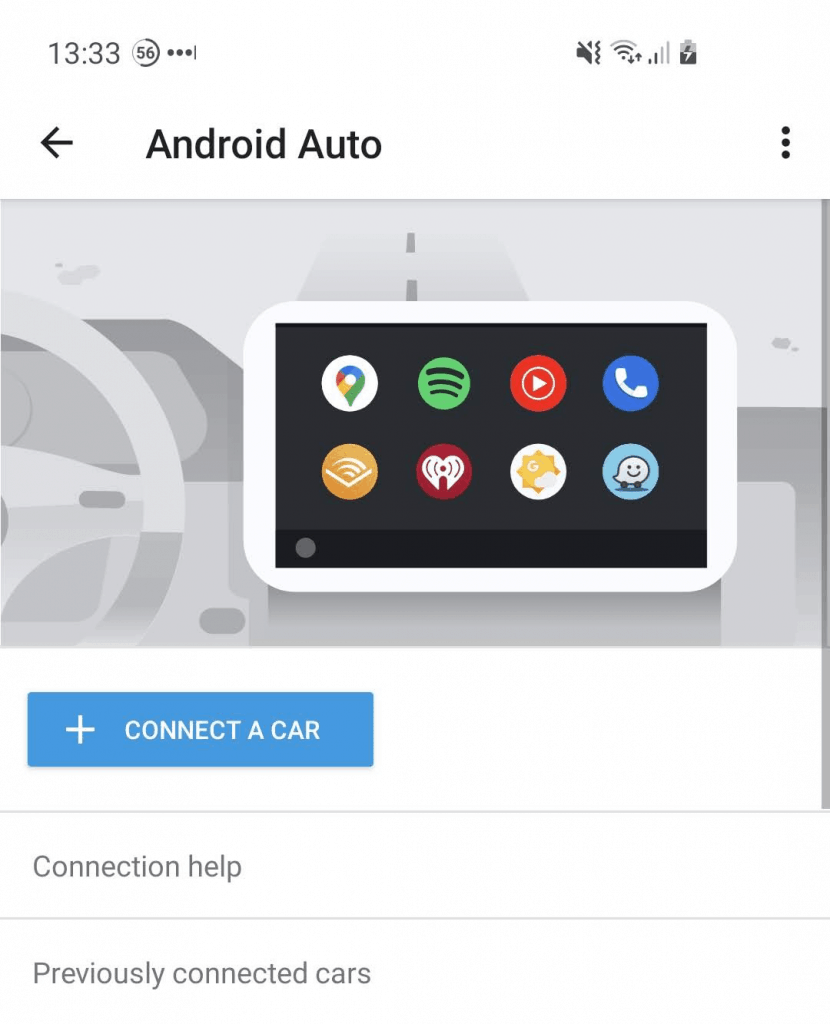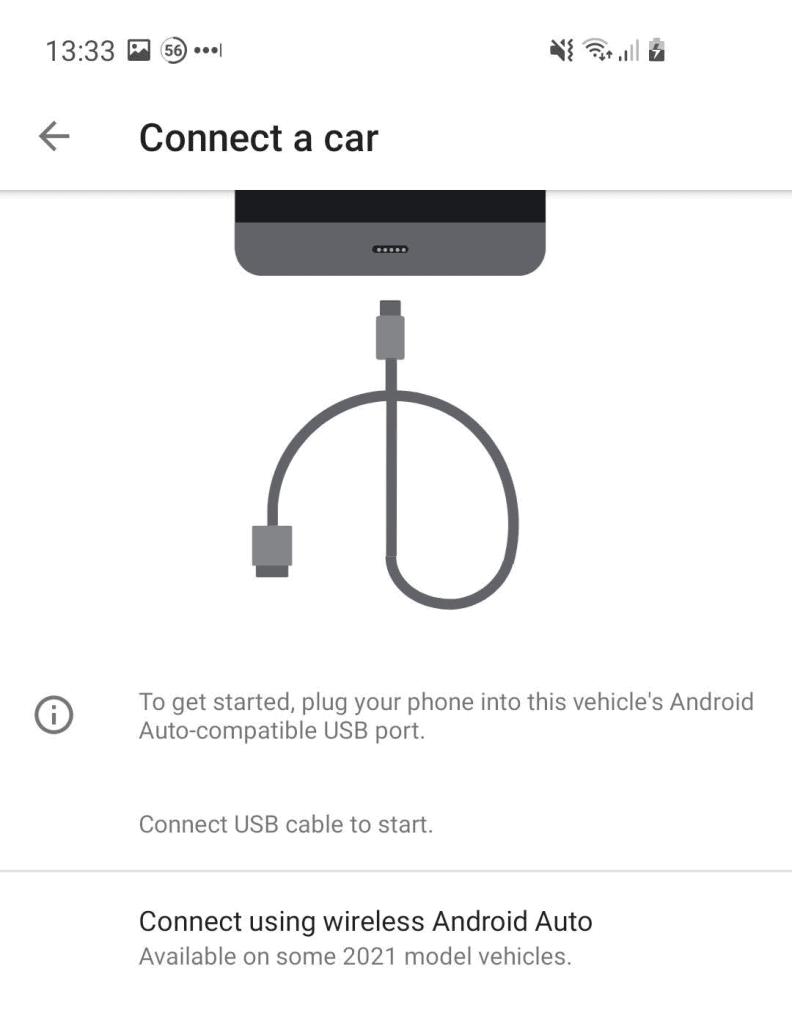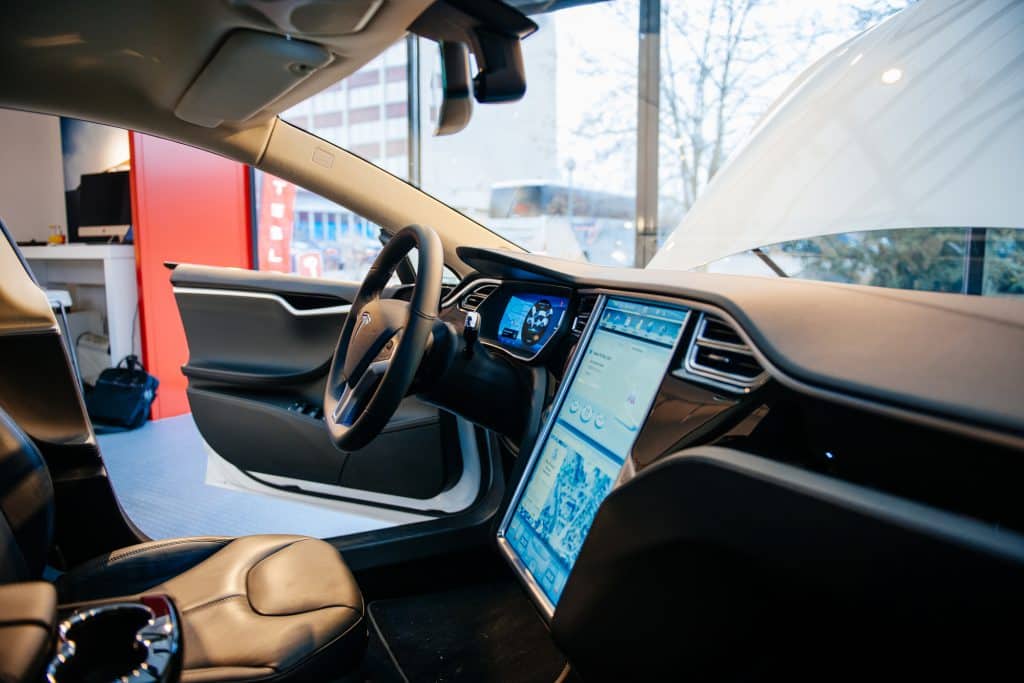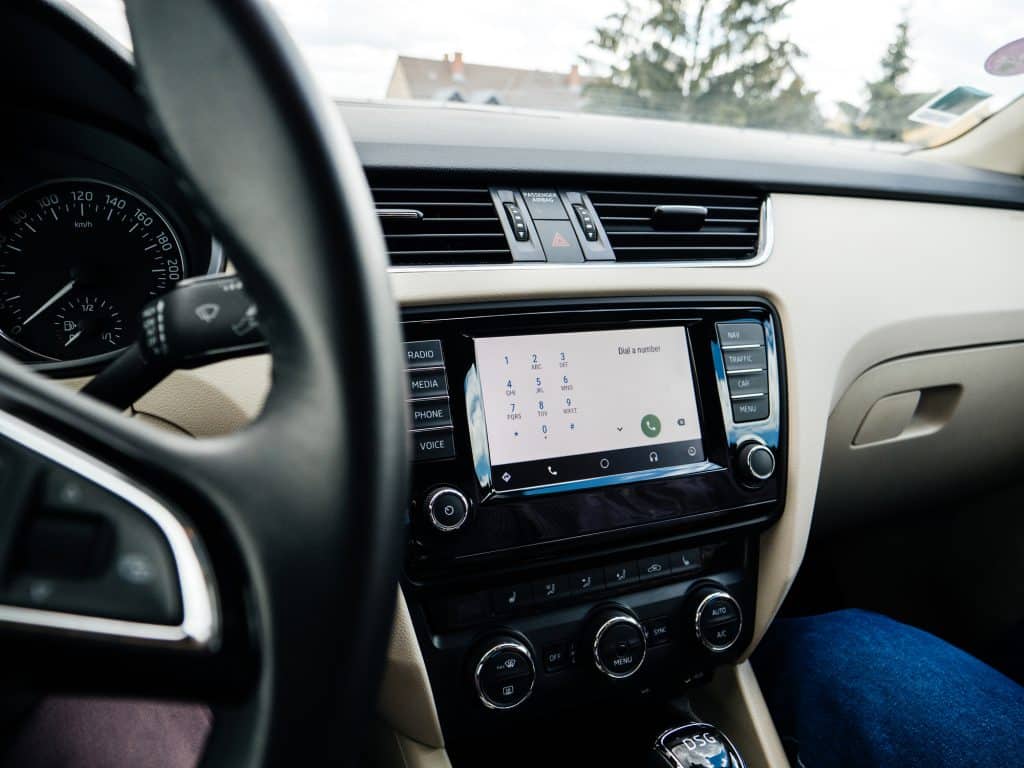With different OEMs making use of different operating systems for their on-board infotainment, the whole thing can easily become quite confusing for many drivers. It is for this reason that systems such as Android Auto and Apple CarPlay have become so popular with many drivers.
When using Android Auto, the driver can essentially convert their car’s infotainment system into a reflection of their Android smartphone. The advantage of doing this is that it removes the unfamiliar in-house operating system of the automotive OEM and replaces it with icons, procedures, apps and other features that the driver is familiar with because they use it every day on their own phone.
Background – Android Auto Proof of Concept
In June 2020, a video was released by one Emic Borconi who developed the AAWireless dongle that allowed a simple version of Android Auto to be loaded up and run on a Tesla screen:
The idea was to prove that the concept of Android Auto support wouldn’t be so drastically difficult as people imagine.
The video shows the system working on Tesla’s V3 software in a Model 3. Unfortunately, these are the only circumstances in which the software has been made to work. It was tried on V2 and in a 2017 Model S, but there was no joy for either.
It has given rise to more hopeful tones from users of Android smartphones who are desperate to see Android Auto supported by Tesla’s onboard system. In today’s blog, we’re exploring the relationship between Tesla and Android Auto, why it is currently not supported, and whether or not there’s reason to hope for its integration into newer models in the near future and older models retroactively.
Does Tesla Support Android Auto?

The short answer to this is simply no, Tesla does not support Android Auto. Apple is not alone in this, either. There have been some cars that have supported Apple CarPlay but not Android Auto, such as Aston Martin, Bentley, BMW, Ferrari, Lamborghini, Mini, but these are all steadily adapting to be more inclusive. Tesla, on the other hand, is an equal denier of both platforms.
What Android Options Exist for Tesla Drivers?
Those Tesla drivers who feel they simply must have a connection to their Android smartphone can already do a number of things. First of all, they can connect to their phone via Bluetooth and stream music and content through the system’s audio that way. That’s the way that a lot of people decide to use the system.
MirrorLink and TeslaMirror
Another solution is the use of third-party apps like MirrorLink and TeslaMirror. You’ll find MirrorLink in Samsung phones, and TeslaMirror can be downloaded from the Play store. Both of these apps work in a similar way, which is to turn your smartphone into a kind of proxy, to which you can then connect via a web-based platform.
You visit the indicated URL and it streams your phone screen right there into your Tesla browser. These systems are far from perfect, but offer a relatively simple solution that places your Android screen and features right there on your Tesla screen. You do still have to operate them via your smartphone, of course, but if your phone has a navigation or other app that you prefer to use, or if you simply prefer the look of the Android user interface, then MirrorLink and TeslaMirror are both simple and elegant solutions.
Screen Cast
Another app that some have tried is Screen Cast, which works in a similar way. It even includes the automatic vertical/horizontal flip. The main problem with Screen Cast is the difficulty and unreliability of establishing a connection, even when compared to MirrorLink and TeslaMirror.
The other problem is frame time. MirrorLink and TeslaMirror suffer from similar issues, but they are typically more pronounced on the Screen Cast app. What’s more, Screen Cast is a paid app, so you will have to subscribe to take full advantage.
Why Doesn’t Tesla Support Android Auto?

While there is a lot of audible confusion and frustration from owners in the Tesla community over the absence of support for Android Auto and similar platforms, others make strong arguments against the idea of Tesla changing its stance and starting to support these platforms. We’ll discuss some of those factors below:
1. System Control
As things currently stand, Tesla has absolute control of its operating system and its development. While some may be incredulous as to why Tesla is pursuing the more difficult and tumultuous road of self-developed software and systems, even to the point of excluding the two biggest smartphone connectivity platforms available anywhere, some may argue that it’s not surprising at all.
Let’s not forget that Apple took a similar road, and Tesla seems to see itself as an Apple-like “disruptor” of the marketplace. They want to become an authority in their field, and they’ve definitely done a great job in establishing themselves as the leading brand in electric cars, certainly in terms of performance and range. Everyone else is following Tesla’s lead.
Why, then, would the team at Tesla concede to install software which in many respects is actually behind their own? This would also force Tesla to start following the likes of Apple and Android in order to keep up with their own updates.
One more factor relating to the system is fears over the amount of physical memory that Android Auto would require. Right now, both RAM and flash memory are limited, and so adding a new element would upset the balance. Working as it does with a self-developed platform, it remains balanced and fast to the user.
2. Existing Features Already Similar
It’s hard to know what exactly Android Auto would bring to the table with Tesla when its own system contains so many of the same or similar features. Tesla’s onboard computer and infotainment system includes navigation with turn-by-turn directions, as well as music streaming, games, video platforms like YouTube and Hulu, and much more.
As we mentioned further above, you can also already connect your Android phone to the Tesla audio via Bluetooth and enjoy music and content from your phone’s apps while playing through the “Phone” channel on your Tesla system.
There may be some apps that Tesla doesn’t have that you might want to use, such as a particular navigation software such as Waze or Google Maps. This is understandable if you really prefer using these to the Tesla software, but besides some isolated apps, what is there that Android Auto does that Tesla can’t already do or will soon be able to do?
This brings us neatly to the next reason.
3. There Are Better Solutions

There’s no reason for Tesla to integrate whole outside platforms such as Android Auto and Apple CarPlay when it could find neater solutions within its own system. For instance, take an app like Spotify. This is a music subscription service that many people use and rely upon as their principal provider of media. This media app is already available as a stand-alone app within the Tesla ecosystem.
This approach is likely far more attractive to Tesla who are undoubtedly determined to keep as much control over their own system development as possible. When you look back at recent history and development of Apple laptops, you see a similar pattern. There was a time when Mac computers were at first criticized and eschewed because they weren’t compatible with popular Microsoft-based software like Office, for example. Over the years, however, Apple has managed to naturally integrate outside programs into its own ecosystem without giving up its “OS sovereignty.”
It stands to reason that the Tesla cars will develop in a similar fashion. In late 2020, there was already discussion of Tesla working on integrating both Apple and Amazon music into its system.
4. Tesla’s Own System is Very Intuitive, and is Learning
Finally, one must ask the question, why should Tesla integrate Android Auto when its own system is very intuitive, user-friendly and mature. Tesla has invested much into making their onboard system easy to use and packed with great features. It has a clean, sophisticated look, and many drivers quickly adapt to using it.
The huge screen, the navigation maps, the car status display and more is all there within Tesla’s own system. Overlaying Android Auto would be prohibitive to that development. Furthermore, Teslas as they are currently are sharing huge amounts of travel and road data with each other and with the central system. The more drivers take their Teslas along new roads, and experience new road conditions, the more up to date and accurate the system gets. It’s a smart system that’s getting smarter all the time.
Conclusion: Will Tesla Ever Support Android Auto?

Even as more other car brands start to integrate Android Auto, it is our view that Tesla will continue to resist. The more likely solution for Tesla is to continue its work integrating popular individual apps into their own ecosystem. In this way, they retain absolute control and balance within their own ecosystem, and keep the Tesla technological brand strong.
If a simpler integration solution presented itself, perhaps Tesla would yield to the market demand and allow both Android Auto and Apple CarPlay, but right now that’s not the direction they appear to be heading.